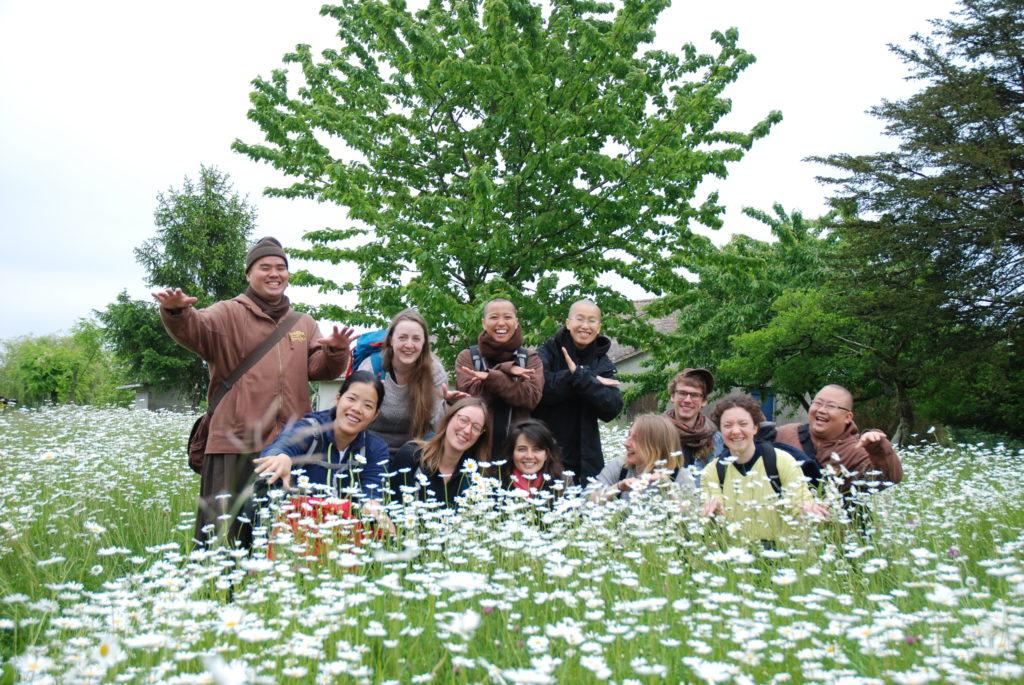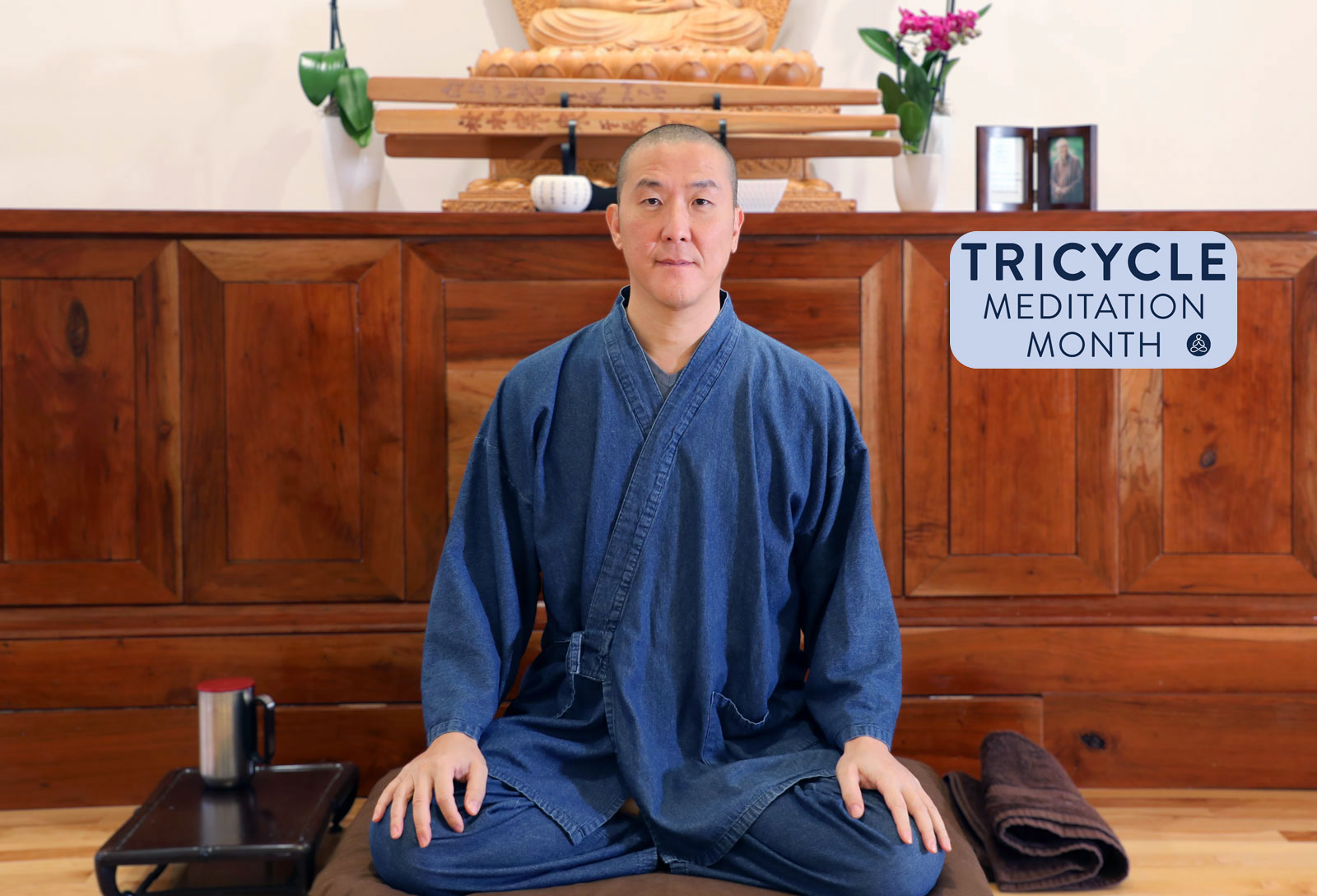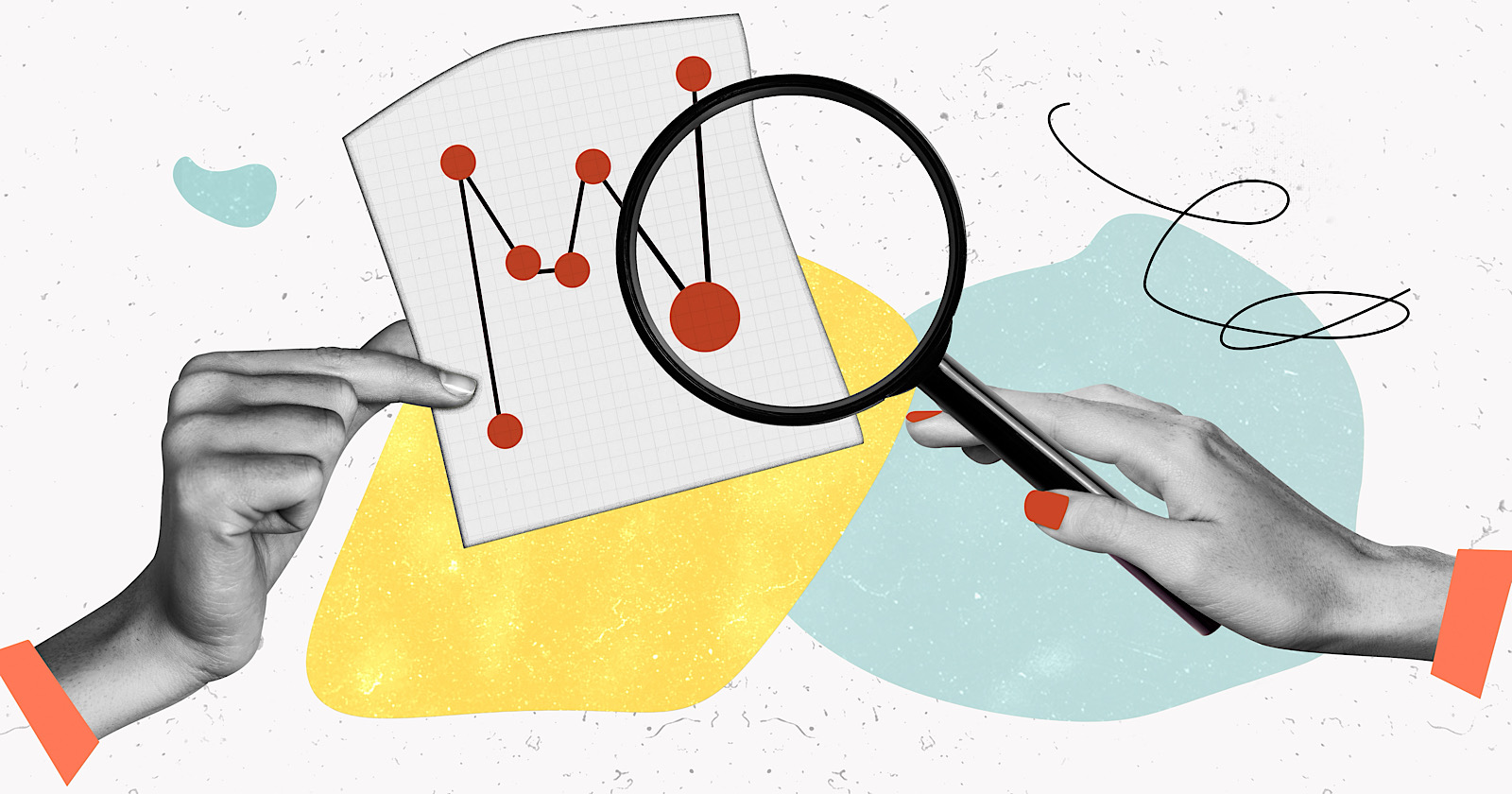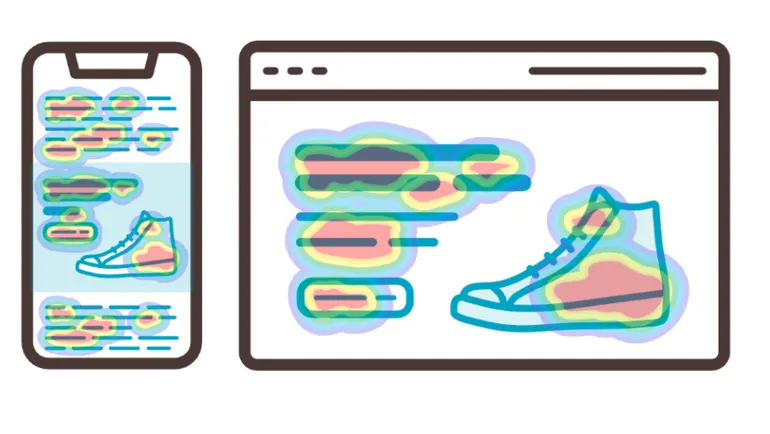Movement Is So Good For The Neurodivergent Brain — Here's Why
Movement it great for everyone, but it may have special benefits for individuals who are neurodivergent.


mbg Contributor
Carly Quellman is a creative storyteller and movement enthusiast. She received her bachelor's degree in journalism from Sacramento State University after studying architectural design at University of Technology, Sydney. Carly has worked with many top publications and brands including Quoted Magazine, NBC, and Yelp.
Image by Julian Schröpel / Unsplash September 30, 2024 We carefully vet all products and services featured on mindbodygreen using our Our selections are never influenced by the commissions earned from our links. If you've ever exercised to unwind after a stressful day or went on a walk to clear your head, you've participated in feel-good movement. For the neurodivergent community, which refers to individuals whose neurological development and functioning differ from the societal norm (and makes up 15 to 20% of the world’s population), movement can feel extra rewarding. And according to science, it also can have a significant impact on the brain by balancing neurotransmitters essential to everyday functioning. Here's what to know about how movement positively affects the neurodivergent brain, according to the research. 
Movement matters: What it means to the neurodivergent brain
It's no surprise that movement has a positive impact on all brain types, but it may have the biggest impact on neurodivergent brains that have a slightly different structure, connectivity, and function.
No matter who you are, in the short term, “engaging in physical activity increases blood flow and oxygenation to the brain,” says Hayley Nelson, Ph.D., a neuroscientist and psychology professor. It also releases endorphins and neurotransmitters that improve cognitive performance, mood, and emotions.
In the long term, this can reduce the risk of cognitive decline and symptoms of dementia, and a recent study1 states that two or more hours of physical activity a week can lower one's risk of developing dementia1 by 46 percent.
The connection between mind and body begins at birth. “One of our first languages is movement,” says Jennifer Sterling, a dance psychotherapist who uses somatic education to help clients reconnect with their bodies.
“We’re moving around in the womb, we're squirming and crawling, our hearts are beating, we're breathing. Being able to tap into some of that allows our nervous system to remember some of those first moments.”
For individuals with neurodivergence, remembering these moments through movement is key for regulating the nervous system—especially when they feel overstimulated. Here are four ways that movement helps with neurodivergence, according to Nelson:
The best types of movements for neurodivergence
Nelson tells mindbodygreen that these benefits occur thanks to three distinct mechanisms. First, there's neuroplasticity: the brain's ability to reorganize and form new connections. Then, neurotransmitter regulation helps us release the right amounts of dopamine, serotonin, and endorphins. Finally, oxygenation leads to an increase in blood flow and oxygen to the brain, supporting focus and concentration.
While many individuals with neurodivergence experience challenges with sensory processing, these can be aided by certain movement approaches, such as aerobic exercises (running, swimming, and cycling) that elevate heart rate and involve continuous rhythmic movements, and coordination-based activities (like team sports) that improve motor skills and involve social interaction.
Neha Agrawal, PsyD, a clinical psychologist, says that “flexibility—both literally and metaphorically—is so key in healing the trauma that comes with being in a neurodivergent brain. Moving together and breathing together sends a signal to the brain that ‘we're safe.’”
Mind-body exercises that combine movement with mindful awareness, deep breathing, and relaxation techniques, can also be helpful.
Co-founders Christie Childers and Nina Kuntz built Core Culture Pilates around the mind-body connection. Kuntz, who identifies as neurodivergent, states that in her experience, “there's often a dual issue of overstimulation and understimulation. Pilates involves complex, simultaneous absorption of information and problem solving—multilateral brain stimulation—which allows me to feel focused and to derive enjoyment from it.”
More ways to calm an overstimulated brain
When the brain becomes overstimulated, it’s still possible to regulate our emotions. If you aren't able to get out and move during chaotic moments, other ways to find calm include:
The takeaway
Neurodivergence is an umbrella term used to describe someone who processes, learns, or behaves differently than neurotypical humans. Movement–like running, dance, or pilates—greatly impacts neurodivergent brains by helping regulate sensory stimulation. For moments of overstimulation, tuning into the breath, practicing self-expression, and finding acceptance can help those with neurodivergence navigate the path toward a calmer state of mind.

 Lynk
Lynk 































